INSIGHTS
Reflections on Occupation
by By Maya Garfinkel, PPI Bikel Peace and Justice Intern
On a cloudy morning a few weeks ago, I woke up early for a learning day in Hebron, in the Occupied West Bank, together with the crew of Achvat Amim-Solidarity of Nations, the Jerusalem-based community justice movement through which I did grassroots work this past spring. Our guides that day were members of Breaking the Silence, the anti-occupation group of IDF veterans.
I don’t quite know how to explain Hebron to someone who hasn’t seen it for themselves. Maybe that’s because I couldn’t really understand it before that day.
Upon our arrival, we sat in Kahane Park in the adjoining West Bank settlement of Kiryat Arba, the park named after the notorious Meir Kahane, the supremacist rabbi whose “Kach” party was banned from the Knesset for its racism and whose movement was listed as a terrorist organization by Israel and the US until recently. Having to be present in a site dedicated to this extremist leader was an augur of things to come.
As we listened to our guide discuss the relationship between the military, police, and settlers in the city, I heard a loud crack. I didn’t immediately notice what was happening, but then I heard another crack and saw another Breaking the Silence group seated across the park from us standing up and looking behind them. When the next crack sounded, I saw it: rocks were being hurled at us by settlers from behind the bushes. We moved away and no one was hurt, but the rocks were big and scary and the incident was threatening. The police, who had urgently pressed the guide and checked his ID 15 minutes prior, took their sweet time meandering over from the station to “check out the situation”. The vibe for the day was set.
Walking through Hebron felt like walking through a ghost town. In a way, it is one. The air felt thick, kind of humid, with layers of fear and violent intimidation spread by the soldiers, police, and settlers. We walked streets that used to house the biggest Palestinian marketplaces outside of East Jerusalem, but that are now shut down and so quiet, I could hear the soldiers talking from the checkpoint at the end of the block.
Something that stuck out to me was the way in which the young people of Hebron are impacted by the occupation for the sake of perceived Israeli “security.” Palestinian children are not safe to play in the street and must navigate a labyrinth city of prohibited roads, checkpoints, and settler threats.
A Chabad complex is now being built as a type of new settlement in the middle of the city. For context, Hebron has been a place in which, starting in 1979, radical right-wing Jewish settlers have illegally taken over individual buildings that then become protected by the Israeli army and effectively expand aggressive military occupation. The Chabad complex will house a kindergarten. Kids will be raised in that kindergarten because their families and their country have endorsed the idea that their presence in that place is part of a courageous buffer creating Jewish “security”. These choices happen in rural Masafer Yatta in the South Hebron Hills, too, where parents send their kids to harass and destroy Palestinian property regularly. But in Hebron, the physical manifestation of this strategy, which uses people as weapons, is etched into the urban infrastructure in a way that makes it feel permanent or real somehow, even though it’s not. Because it’s actually fabricated and rather new. Leaving Hebron, it felt hard to remember that this is all a part of someone’s fever dream, and that it can be taken down.
It was only when I went to the Jordan Valley a few days later that I grounded back into that reality. In the Jordan Valley, I accompanied shepherds and their animals through some of the most beautiful rolling hills and wildflower-covered valleys I’ve ever seen. The shepherds pointed to hilltops around us where they used to graze their cows, naming the settlers who had taken over those lands in the last year. Their cows were skinny; I could see their ribs. They explained that the cows had much less food available on the fraction of the grazing land they used to have. Later in the day, a 28-year-old told me that we should all be like the cows. They are happy today, he said; the cows eat, poop, walk, and sleep in the sun. They feed their babies. We make things so complicated. For what?
I agreed, wholeheartedly. Being in one of the most beautiful places I’ve been to made this place and this world feel so much more unreal. But the cows are real. The wildflowers are real. The springs are real. How could we have created the apartheid streets of Hebron from all this beauty? I could start to understand why the 23-year-old shepherd with the kind eyes and cobbled-together Hebrew has deeper wrinkles on his forehead than I.
A few days later, I got in the car to drive down to Masafer Yatta with the Storytellers project I’m participating in. We ended up singing nostalgic Disney and childhood favorites the whole way down south. We arrived at our destination and sat with Dalia’s family. (All the names in this paragraph are pseudonyms.) Dalia has four beautiful children. She hosts a weekly Storytelling Project class in her home and participates as a student. Her interest that day wasn’t discussing hardship. It was for youth and childhood and slowing down time, just a little bit. We played with the children and chatted away. The topic turned to Disney and singing and childhood selves. As we chatted, my colleague Sara braided Dalia’s hair into two beautiful French braids, just like Dalia’s eldest daughter was wearing. When she was done braiding, Dalia scurried away to the bedroom mirror and we heard a squeal of delight from the other room. It was just one moment of innocent girlhood, but it felt light and important.
Who are the people I’m meeting and the people implicated in this system under the years of trauma and adult responsibilities and weight of the world? Were they all beforehand like the cows? Is there a “before” for people who are born into the middle of the violence and conflict? Who does this understanding extend to? Does it extend to the 19-year-old soldiers who violently arrest children in Hebron? The 50-year-old Bedouin grandmother with wrinkles who can’t communicate with the foreigners there to support her village? The settler child who throws a rock over the bushes at the group he is told hates both him and themselves? Who is granted understanding of their inner child innocence, and who is made to be responsible as an adult?
These experiences have made me feel all the more grateful for my different sense of time and lifespan. It is a privilege to be exposed to hardship and violence during this chapter in such a largely contained and informed way. I feel grateful to have been able to ground in the nature around me and remember that the occupation and the violence in this place will end because it was designed/created by people. It is just a question of how and why and who and when. In the meantime, I’m dreaming of a world of fat, happy cows and humans who don’t have to grow up too fast.
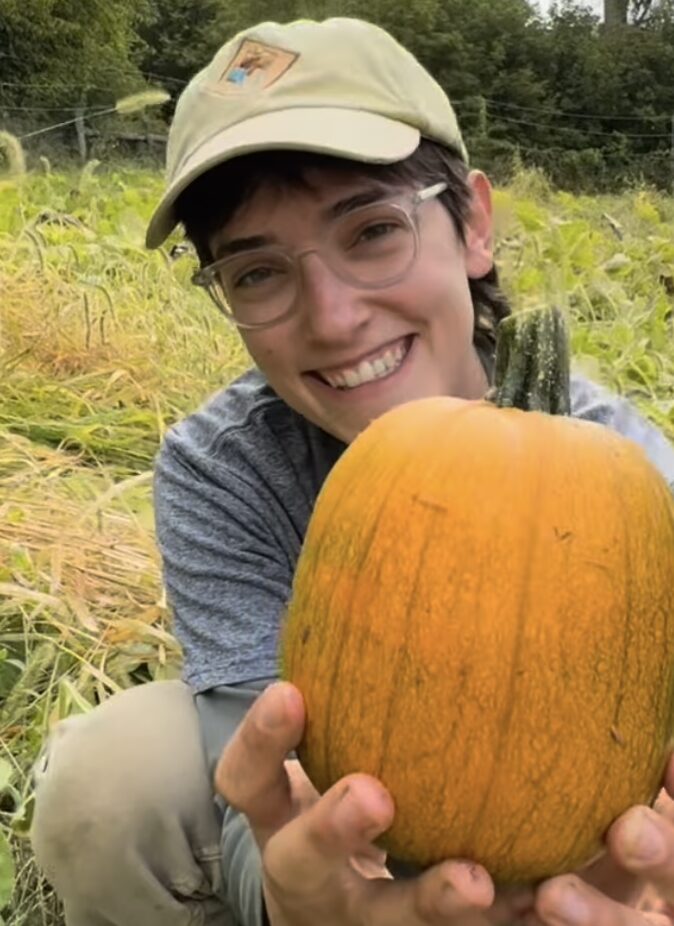
Maya Garfinkel served this spring as Partners’ Theo Bikel Peace and Justice Intern. This year she completed a semester at Achvat Amim: Solidarity of Nations, where she served with Rabbis for Human Rights and the Storytelling Project in the South Hebron Hills.

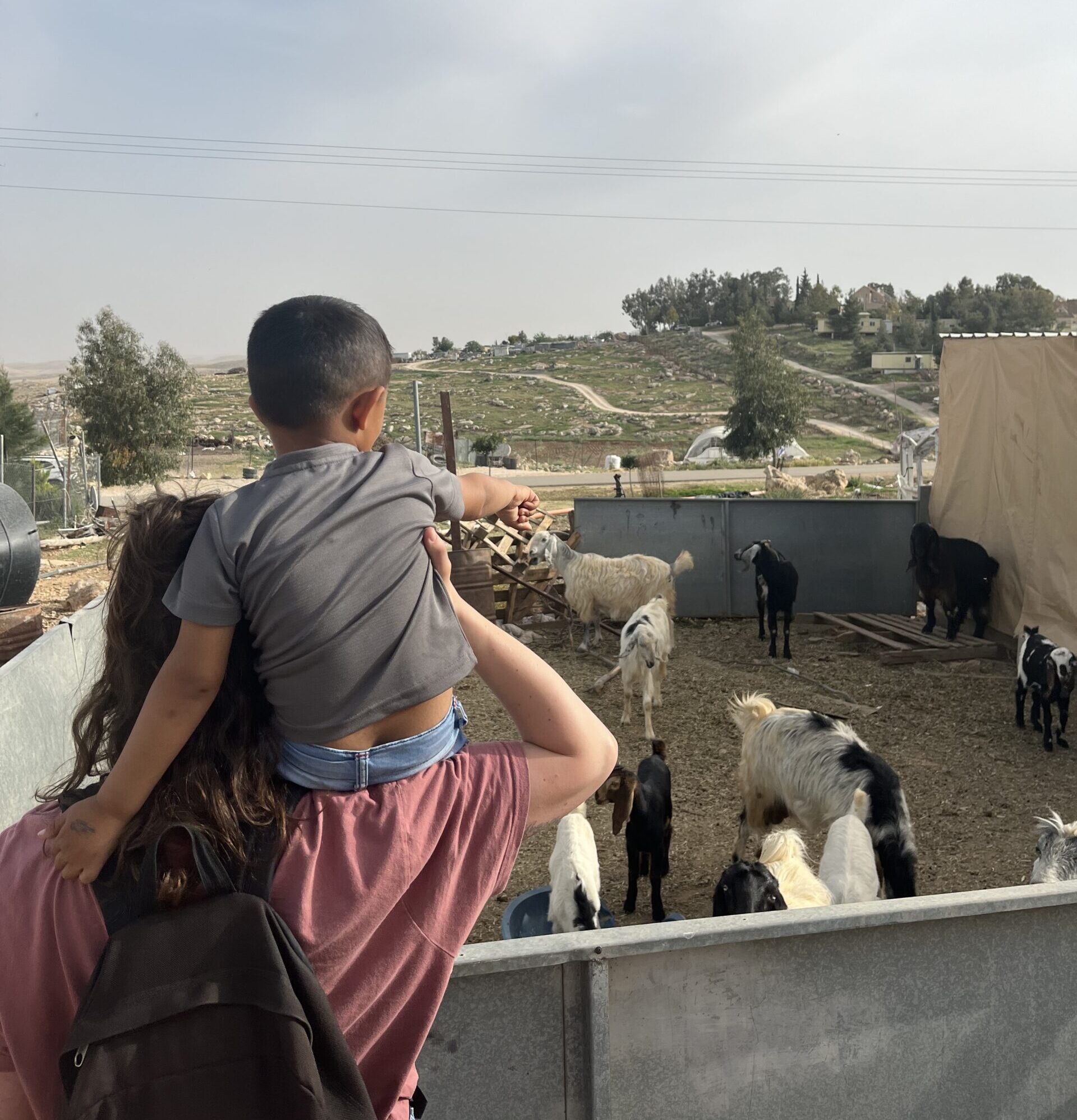
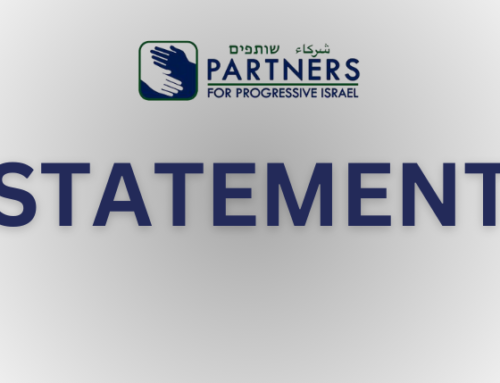
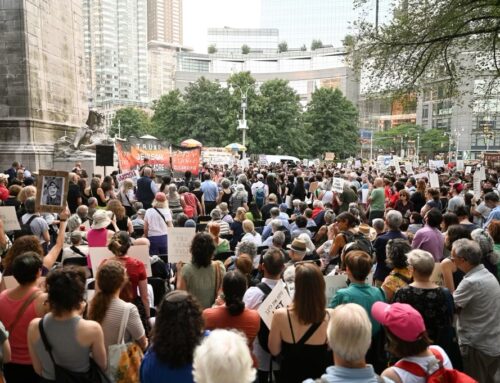
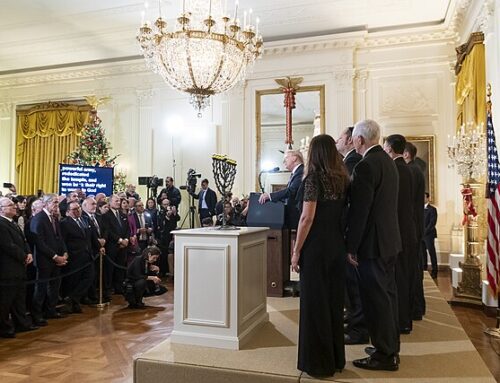
Leave A Comment